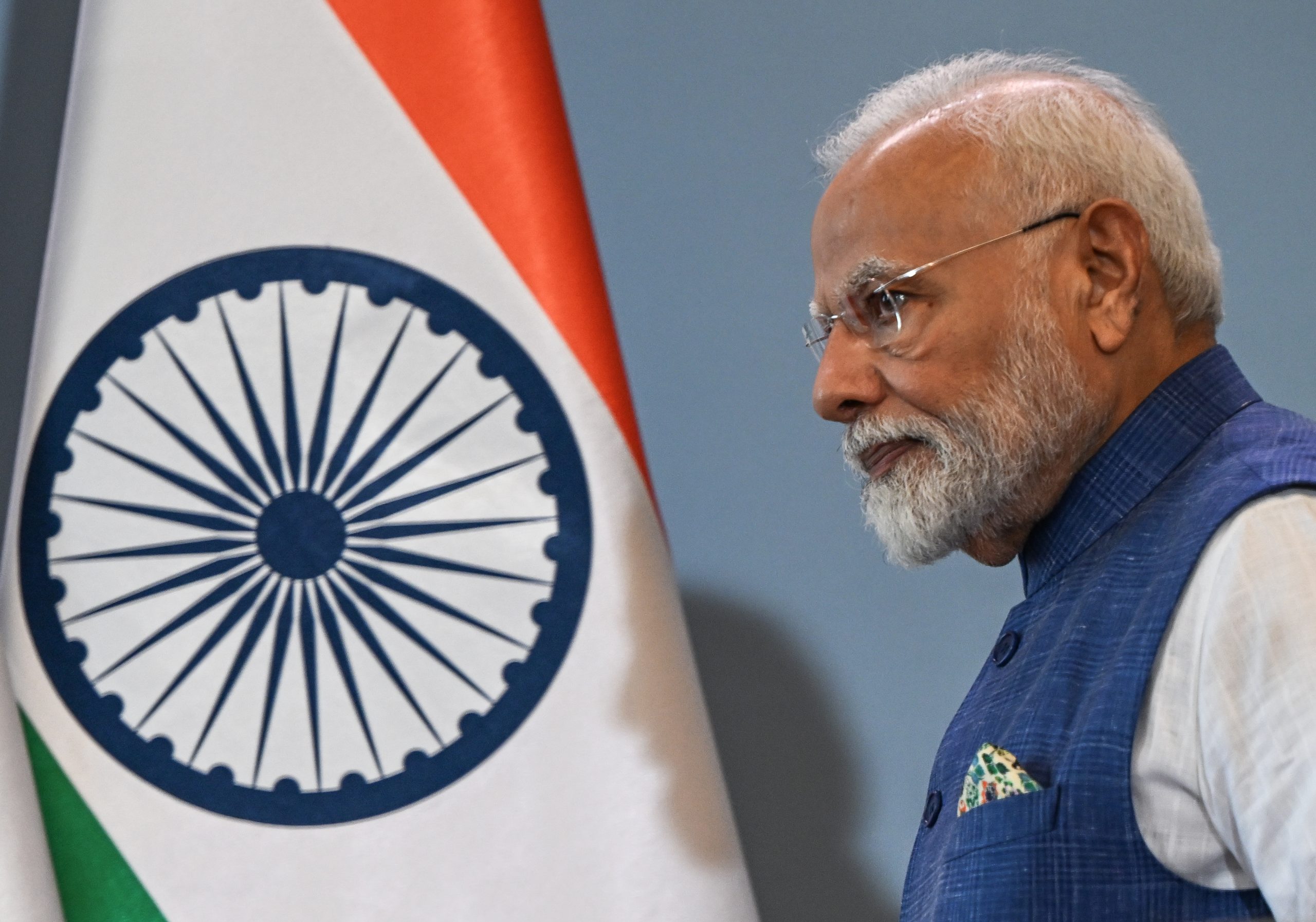Prime Minister Narendra Modi arrived in London on Wednesday evening, marking the start of his two-nation tour to the United Kingdom and the Maldives from July 23 to 26. This marks his fourth official visit to the UK, reaffirming the growing depth and breadth of India-UK ties, particularly in defence, innovation, healthcare, education, and diaspora engagement.
Defence cooperation between the two countries spans joint exercises, technological collaboration, and knowledge exchange. The Indian and British armed forces regularly participate in bilateral and multilateral drills. In 2023, the Indian Navy joined Exercise Konkan in the Arabian Sea, while the Indian Air Force took part in Exercise Cobra Warrior at Royal Air Force Waddington. The Indian Army participated in the seventh edition of Exercise Ajeya Warrior held in Salisbury, UK. A major multinational air exercise, Exercise Tarang Shakti, is scheduled for August 2024. These engagements reflect a strategic partnership aimed at enhancing operational synergy and promoting indigenous defence production under India’s Make in India initiative.
In the area of science and technology, India and the UK have established themselves as close partners, with joint research programmes amounting to $387–516 million (approx. £300–400 million). The India-UK Science and Innovation Council, which convenes biennially, provides the framework for cooperation in emerging technologies such as artificial intelligence, clean energy, pandemic preparedness, and quantum science. During the April 2023 SIC meeting in the UK, an MoU was signed for expanded collaboration, including the creation of a new India-UK Net Zero Innovation Virtual Centre focused on industrial decarbonisation. India was also named a partner country in the UK’s International Science Partnership Fund, building upon the Newton-Bhabha Fund legacy.
Healthcare cooperation saw a pivotal moment during the COVID-19 pandemic, particularly with the joint development of the AstraZeneca vaccine by the UK and the Serum Institute of India. In July 2022, both nations signed the India-UK Framework Agreement for collaboration on healthcare workforce, aiming to streamline the recruitment and training of healthcare professionals. As per UK government data from June 2023, 60,533 Indian nationals are working in the National Health Service (NHS), the second-highest after British citizens. Among doctors in the NHS, 18 percent are of Asian origin, including 10,865 Indians. There are 31,992 Indian nurses and 11,499 clinical support staff, reflecting India’s critical contribution to the UK’s healthcare system.
Education continues to be a key pillar of the bilateral relationship. The number of Indian students enrolling in UK universities has consistently risen since 2015-16, with an estimated 170,000 currently studying in the country. A landmark development under India’s New Education Policy: the University of Southampton’s Gurugram campus was recently inaugurated, becoming the first fully operational foreign university campus in India under UGC regulations. Further boosting collaboration, both nations signed a mutual recognition of academic qualifications MoU in July 2022.
Mobility and migration are being actively facilitated under the Migration and Mobility Partnership Agreement signed in May 2021. The Young Professional Scheme, announced in November 2022 by Prime Ministers Narendra Modi and Rishi Sunak on the sidelines of the G20 Bali Summit, enables 3,000 young graduates between 18 and 30 years of age to live and work in each other’s countries for up to two years.
The Indian diaspora in the UK remains a cornerstone of bilateral relations. According to the 2021 Census, 1.864 million people of Indian origin reside in the UK, forming 2.6 percent of its population. Of these, 369,000 hold Indian passports. The diaspora has made significant contributions across academia, medicine, science, arts, business, and politics. A report by Grant Thornton and FICCI in 2022 identified over 65,000 Indian diaspora-owned businesses in the UK. Among them, 654 companies with annual revenues exceeding $129,000 (approx. £100,000) together generated $47.5 billion (approx. £36.84 billion) in revenue, paid over $1.29 billion (approx. £1 billion) in corporate taxes, invested more than $2.58 billion (approx. £2 billion) in capital expenditure, and supported over 174,000 jobs.














